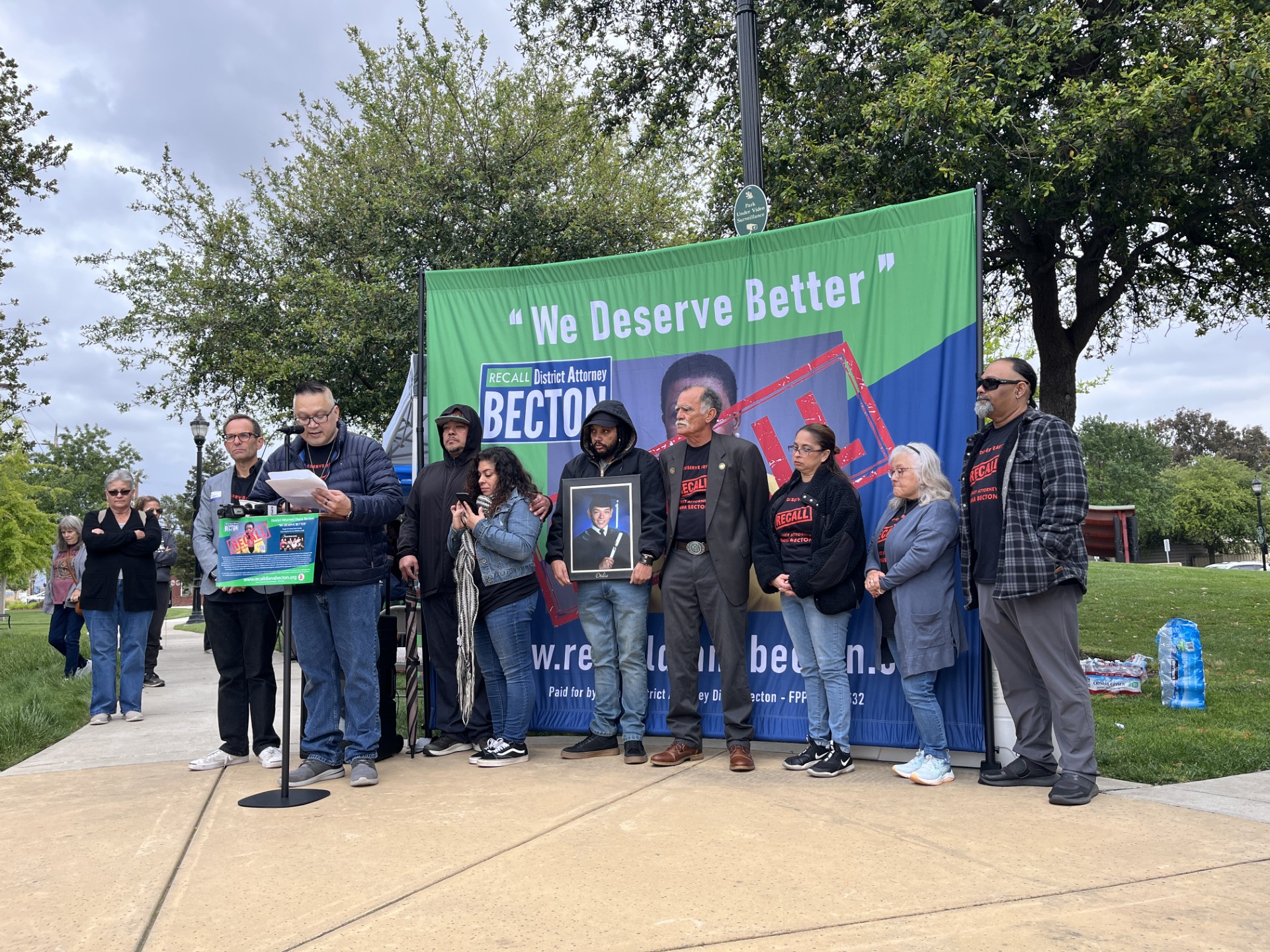Hoda Katebi was in sixth grade when she began wearing a hijab — a traditional Muslim headscarf. “I was punched in the face, had my hijab pulled off, I got called a terrorist almost daily,” Katebi told a standing-room crowd at San Francisco’s de Young museum.
What to Know
- The exhibit is a snapshot of what's being worn today in Muslim cultures around the world
- Curators traveled extensively and also worked with local designers and mosques
- The exhibit is on display at the de Young until early January
Hoda Katebi was in sixth grade when she began wearing a hijab — a traditional Muslim headscarf.
"I was punched in the face, had my hijab pulled off, I got called a terrorist almost daily," Katebi told a standing-room crowd at San Francisco's de Young museum.
Such was the life of an American-born Muslim growing up in Oklahoma just a few years after the attacks on 9/11. Katebi said she quickly realized the power of a single garment to make an impression. It's what led her to start the politically-charged fashion blog JooJooAzad.com and begin work on a book documenting modern fashion in her family's home country of Iran.
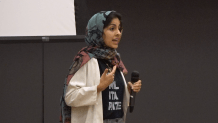
Now 23 years old, Katebi makes her own wardrobe an example of what she champions on her blog: her clothes may be modest, but they're never boring.
"People are gonna stare at me regardless. Why don't i give them something to stare at?" she asked the crowd.
Katebi spoke just up the stairs from an exhibit at the de Young museum that she calls an important first step in teaching Westerners about the richness and diversity of the world's Muslim cultures.
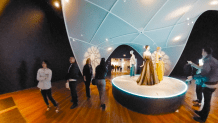
"I think the fact that a Muslim wears it makes it Muslim fashion," she said, walking through rows of mannequins clad in robes, trench coats, hats and dresses. "I think some of it I would totally wear — some of it is not my style, and that's normal because 'Muslim' doesn't mean one thing."
Local
To Westerners who know little of Muslim fashion beyond the burqa — a dark garment that hides the entire body including the eyes — the exhibit's curators say there's a lot to discover.
"There's actually a lot of overlap between … so-called modest fashion and what we're seeing now in mainstream fashion," said co-curator Laura Camerlengo.
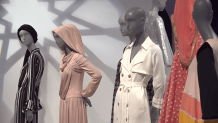
In cultures where modesty is valued or even required by law, Camerlengo said garment makers have gotten creative — adding an inner sleeve to flowing shirts that would otherwise expose the wrist, and styling a head covering with a hooded jacket or a baseball cap.
Katebi said understanding the fashion sensibilities of these cultures requires Westerners to turn the prevailing American ideal of beauty on its head.
"I think there's a challenge to the sort of overt capitalization of women's bodies in the West, as well as a different idea of sort of the liberation of women," she said.
While many Americans view Western fashion as an important form of free expression, Katebi views modest fashion as a different kind of freedom: the freedom from social pressures that encourage women to put their bodies on display.
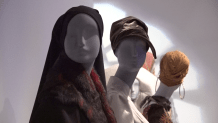
"This exhibit is important in showing that women don't have to look a certain way — and that is the rubric of the west — in order to look beautiful," she said.
The curators said it was important for them to display each outfit as the designer intended — and that includes pieces shown with and without head coverings.
"For us, it was important to show that not all Muslim women cover," Camerlengo said. "It is a visible signifier, but it's not the only way of identifying as Muslim."
The Contemporary Muslim Fashion exhibit will be on display at the de Young through January 6.

